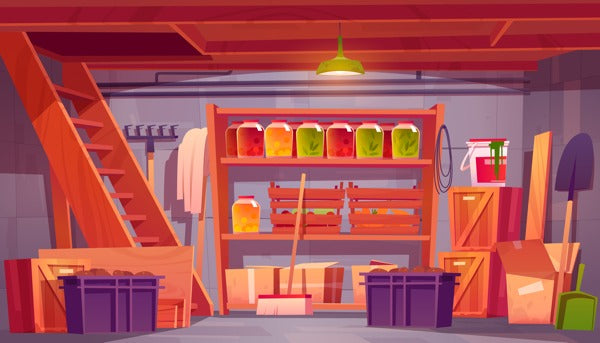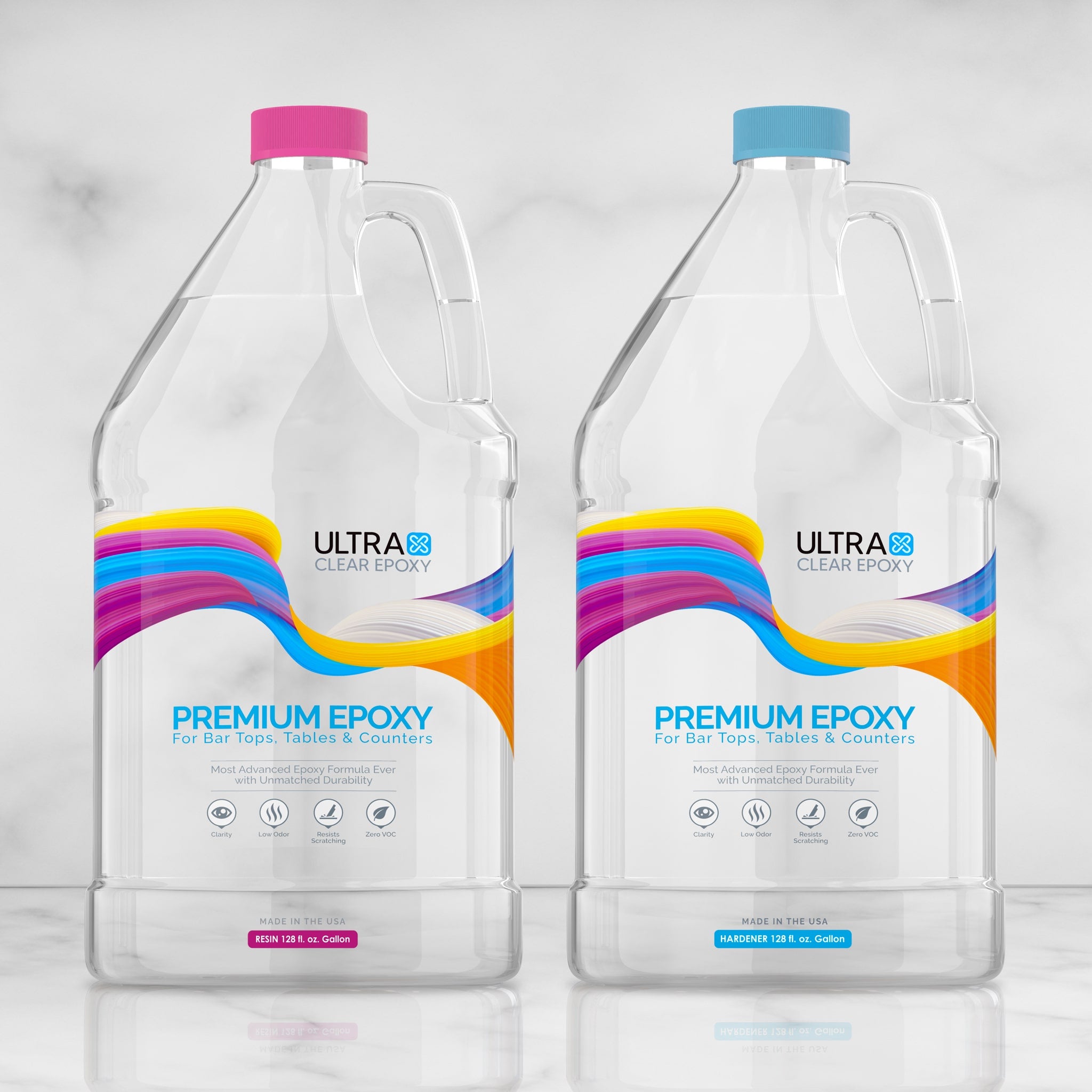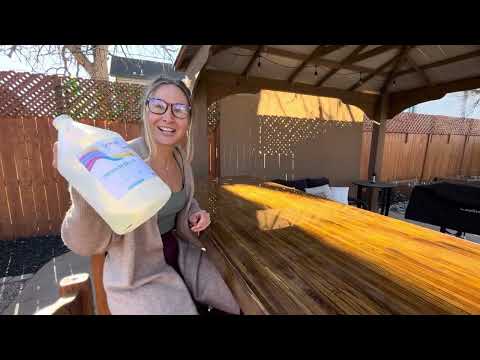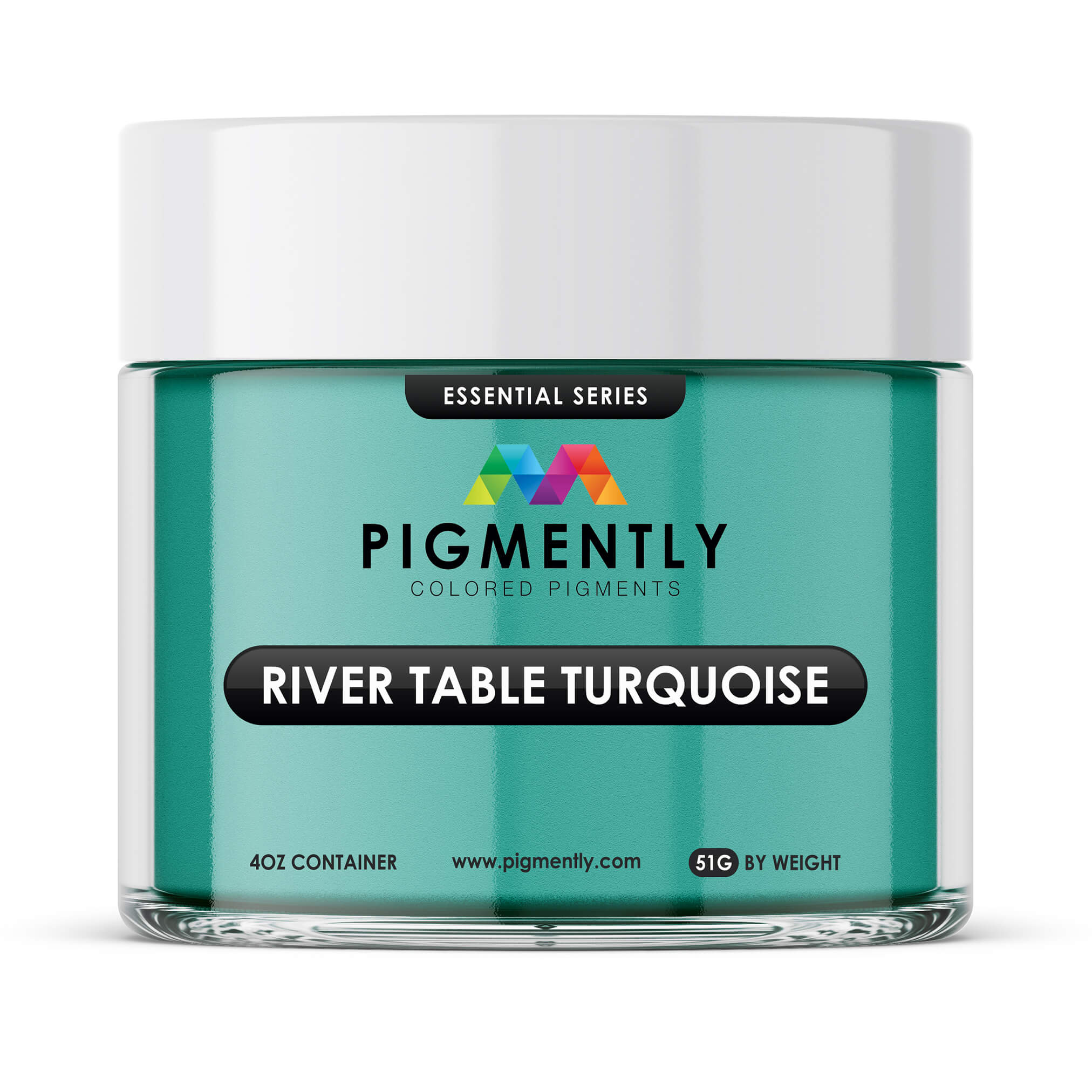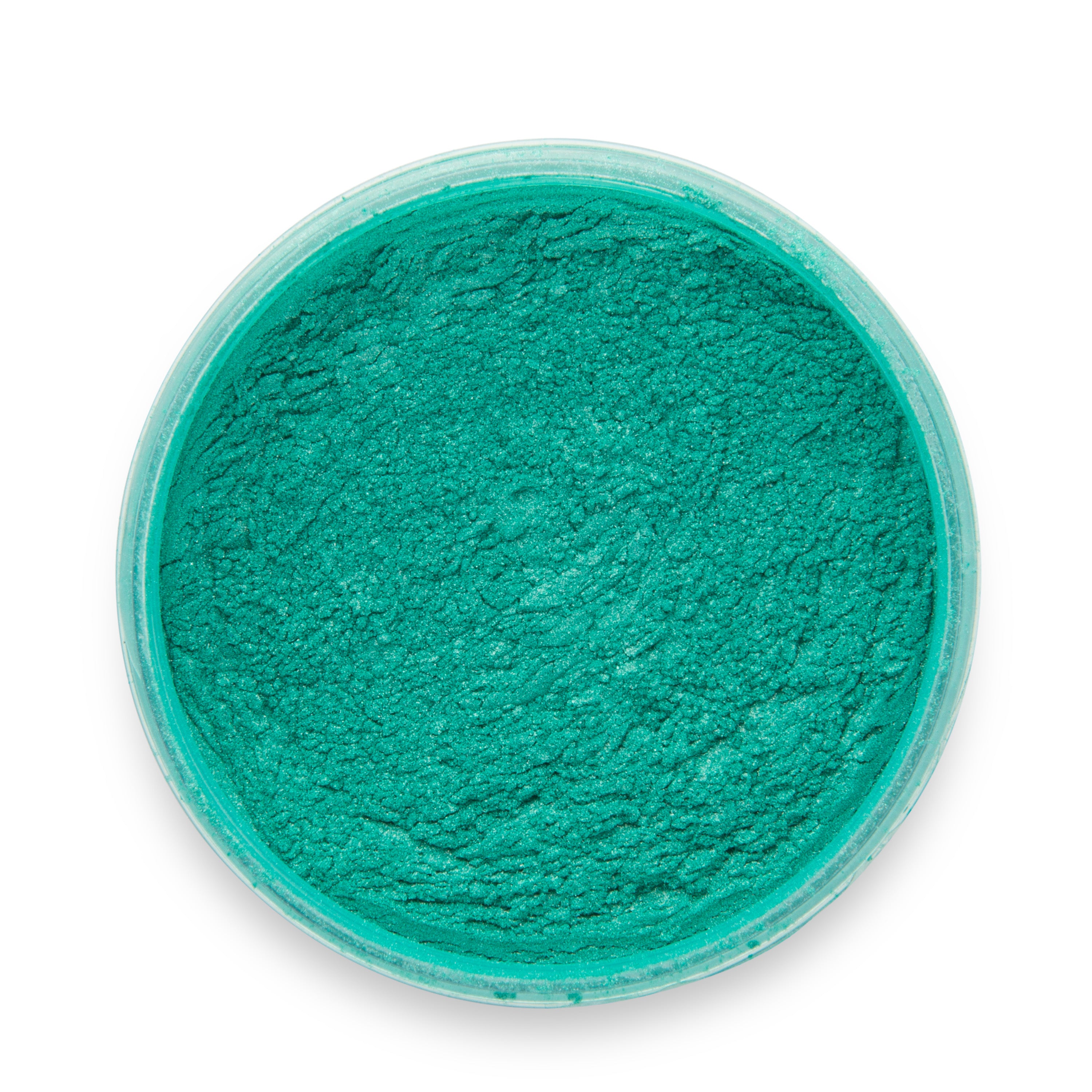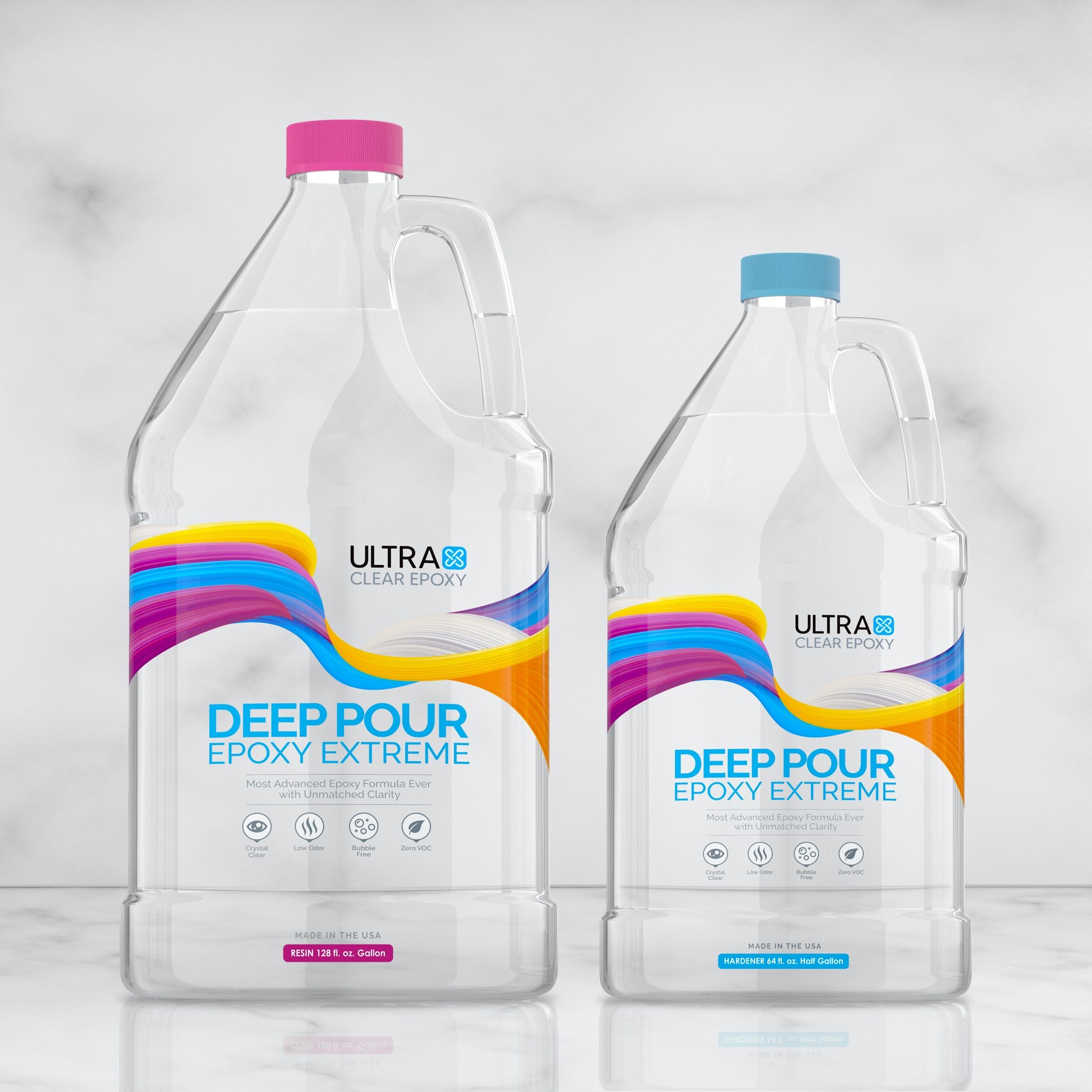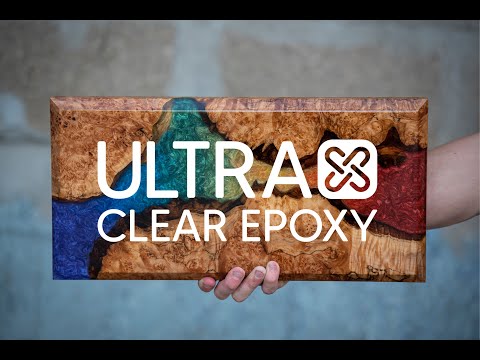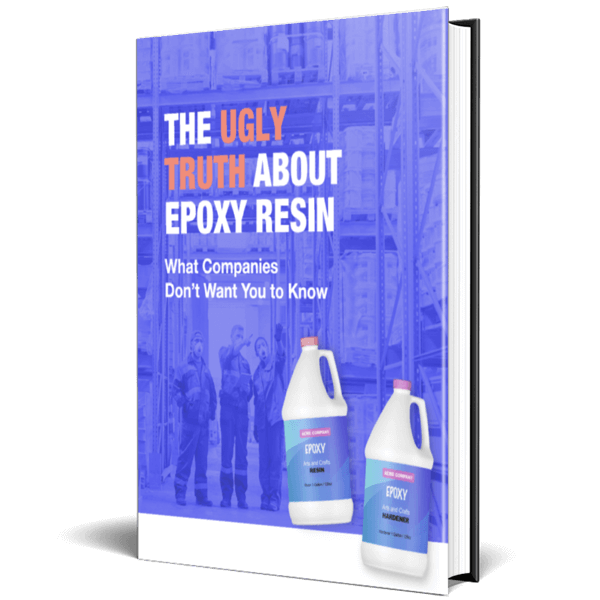It's a common scenario: You've gotten the epoxy you need for your project but aren't yet ready to start, or maybe you have a significant amount of unmixed epoxy left over from a finished project. When such things occur, it becomes necessary to store the remaining epoxy components safely for future use.
Usually, this isn't much of an issue, but there are a few factors that affect the quality of the epoxy over time, even when still in its original container.
We'll cover those issues here in the segments below:
Contents |
|
Proper storage of unopened epoxy resin
|
Proper storage of unopened epoxy resin
Once our UltraClear Table Top Epoxy is delivered to your home, it's a good idea to bring it into a warm climate-controlled space to preserve its life span. Unmixed epoxy components fare best within a temperature range of 60°F to 80°F.
It's also good to keep it in a dry place, where it will be safe from humidity once opened.

What is the shelf life of unmixed epoxy?
There isn't much variation between the shelf lives of each epoxy component. Instead, what affects them most is whether or not their containers have been opened, as well as if any containers which have been opened have been properly resealed.
For unopened containers, shelf life is straightforward. Assuming the components are stored in a dry, warm place, you'll have:
- For UltraClear Table Top Epoxy: A shelf life of one year
- For UltraClear Deep Pour Epoxy: A shelf life of one year
- For UltraClear Art & Craft Epoxy: A shelf life of one year
As you can see, it's the same amount of time for all three types of epoxy.
On the other hand, if you've already opened the containers, the remaining shelf life is considerably shorter, as oxygen will now have been introduced into the bottles. This hastens a process called oxidation, which is part of what causes some epoxy components to take on a yellowish hue over time.
You can reduce the rate at which this occurs by tightly sealing the bottle cap back on after pouring what you need. It's a good idea to check the cap and sides of the bottle opening to make sure there isn't residue preventing a good seal.
Either way, once a bottle is opened, its contents are on a clock.
For bottles of epoxy resin and hardener that have been opened at least once, shelf life becomes roughly the following:
- UltraClear Table Top Epoxy: About two months after opening
- UltraClear Deep Pour Epoxy: About two months after opening
- UltraClear Art & Craft Epoxy: About two months after opening
Once again, these times are the same regardless of type—it really is mostly environmental factors that affect the "yellowing" of those substances.
This is an industry-wide concern, affecting every brand, as it is a fundamental characteristic of epoxy and many other polymers and plastics. For epoxy, it is most noticeable with clear resins, meaning those used primarily for their glasslike appearance.
The easiest way to avoid it is to only purchase what you need (and usually a little extra to be safe), and use it all for your project once you open the containers. You can always order more for future projects.

What else causes "yellowing" in epoxy? Can it be prevented?
There's one other factor that tends to cause "yellowing" in epoxy: sunlight.
Consistent, direct exposure to sunlight will over time slowly cause the epoxy to change to a more yellowish hue. This will occur even in epoxy that has already fully cured (hardened).
Avoiding it for indoor projects like kitchen countertops or for unused epoxy is pretty simple. Just limit sunlight exposure from uncovered windows or open doorways/entrances. Blinds, curtains, drapes, can all obstruct the sunlight to varying degrees for windows.
For projects intended to be left outdoors, this is a bit more difficult. One solution is to make sure the epoxy surface is given shade from the sun. For instance, a table with a large umbrella overhead will block much of the day's sunlight from bearing down on the epoxy, especially at the peak intensity hours around noon.
In the case of an outdoor epoxy bar top, constructing an overhang or some other kind of cover to mitigate direct sun exposure is a good way to preserve the aesthetic lifetime of the epoxy.
Note, however, that this concern is most noticeable with clear epoxy over a light colored substrate, as well as opaque epoxy that has been dyed with white colorant.
If your epoxy has been tinted by any of our epoxy colorants, you may never even notice any yellowing, as these colorants are potent and will shift very little—if at all—over time and are deeper sources of color compared to the natural yellowing.
A recap, including quick tips for avoiding yellowing
- Keep unmixed epoxy stored within a temperature range of 60°F to 80°F
- Keep unmixed epoxy stored in a dry place
- Keep all epoxy away from direct, constant sunlight exposure
Following these guidelines will help give your epoxy in any state its longest possible lifespan.
Quality matters. For a long-lasting finish, choose a premium resin.
The guidelines in this article are meant for high-quality epoxy resins.
However, many resins on the market are produced by manufacturers that cut corners on quality and safety. When epoxy resin isn't up to par, it can develop a variety of negative issues, including earlier yellowing and the inability to cure properly or hold up long-term.
Our free ebook, The Ugly Truth About Epoxy Resin: What Companies Don't Want You to Know, can teach you how to spot shady dealers and help you avoid buying a shoddy epoxy products that won't deliver on their promises.

Have questions? Want planning advice? Contact us!
If you have any questions or concerns about epoxy resin, or if you'd like help with planning an epoxy project, please reach out to us at UltraClear Epoxy.
Our epoxy experts are ready to assist!
You can contact us via phone or email here. During business hours, you can also text chat online with one of our resin specialists by clicking the Help button at the bottom right of your screen.
UltraClear Epoxy—Trusted by over 1 Million+ Happy Customers

